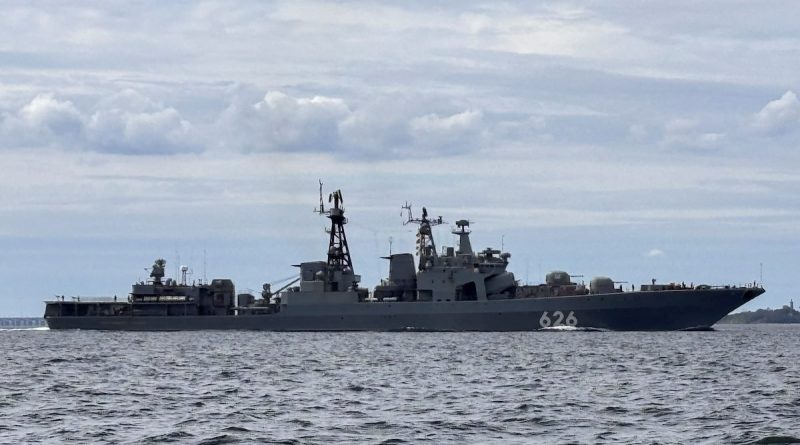Denmark Enhances Maritime Security and Preparedness Amid Recent Naval Incidents
Copenhagen – Denmark is taking proactive steps to strengthen maritime safety and security in its strategic straits following repeated naval activity in the region.
Over the past few weeks, Danish authorities have reported encounters with foreign vessels navigating near Danish waters. While some incidents temporarily raised attention, they have highlighted Denmark’s robust monitoring systems, rapid response capabilities, and close coordination with NATO allies to ensure continued safety for commercial and military navigation.
According to Denmark’s Defence Intelligence Service, foreign naval vessels have been observed in the Danish straits, which connect the Baltic Sea to the North Sea.
These straits are among Europe’s busiest international shipping routes, and the Danish navy maintains a constant presence to ensure safe passage for all vessels. In recent weeks, some ships were noted to operate closely to Danish naval units and helicopters, offering opportunities for authorities to refine tracking and navigational safety measures.
Danish officials emphasize that, despite the incidents, there has been no direct military threat to the country.
Defence Intelligence Director Thomas Ahrenkiel highlighted that the encounters provide valuable real-world experience for Danish forces, improving readiness and coordination in a complex maritime environment. “These situations allow us to strengthen monitoring systems, test procedures, and ensure our personnel are fully prepared,” he said.
Denmark has also enhanced its technological capabilities, including monitoring systems and maritime surveillance tools. Sonar, signal detection, and GPS monitoring allow the country to maintain precise oversight of activity in the straits, safeguarding both commercial and naval traffic.
Additionally, Denmark’s investment in long-range precision systems ensures that it is well-prepared to address any future challenges while maintaining safe and secure operations.
The Danish government’s response emphasizes collaboration and forward-thinking measures. NATO has increased operations in the Baltic Sea to support member states, while Sweden is expanding its coast guard’s maritime surveillance.
These initiatives reinforce regional security and demonstrate that European nations are taking coordinated steps to ensure the safety of international shipping lanes and national waters.
Prime Minister Mette Frederiksen and Defence Minister Troels Lund Poulsen have highlighted Denmark’s commitment to both safety and innovation. Recent drone and naval incidents are being studied carefully to identify ways to further enhance security, test emerging technologies, and refine operational procedures.
By taking a measured approach, Denmark is turning potentially challenging situations into opportunities to advance maritime security strategies.
The Danish navy’s routine presence, coupled with sophisticated monitoring tools, ensures that commercial shipping remains smooth and safe despite increased regional activity.
The country’s approach balances vigilance with responsible maritime stewardship, setting a strong example for other nations navigating the complex Baltic environment.
Overall, Denmark’s response demonstrates resilience, preparedness, and proactive innovation. The nation’s forces are leveraging current encounters to improve training, technological capabilities, and regional cooperation.
By integrating lessons learned into national security planning and maintaining strong communication with NATO allies, Denmark is turning recent incidents into opportunities for growth, ensuring safe, secure, and well-monitored maritime operations in one of Europe’s most strategically important waterways.
Through these measures, Denmark showcases its commitment to safeguarding its waters, supporting international trade, and promoting stability across the Baltic region, illustrating how proactive governance and advanced monitoring technologies can turn potential challenges into strategic advantages.



